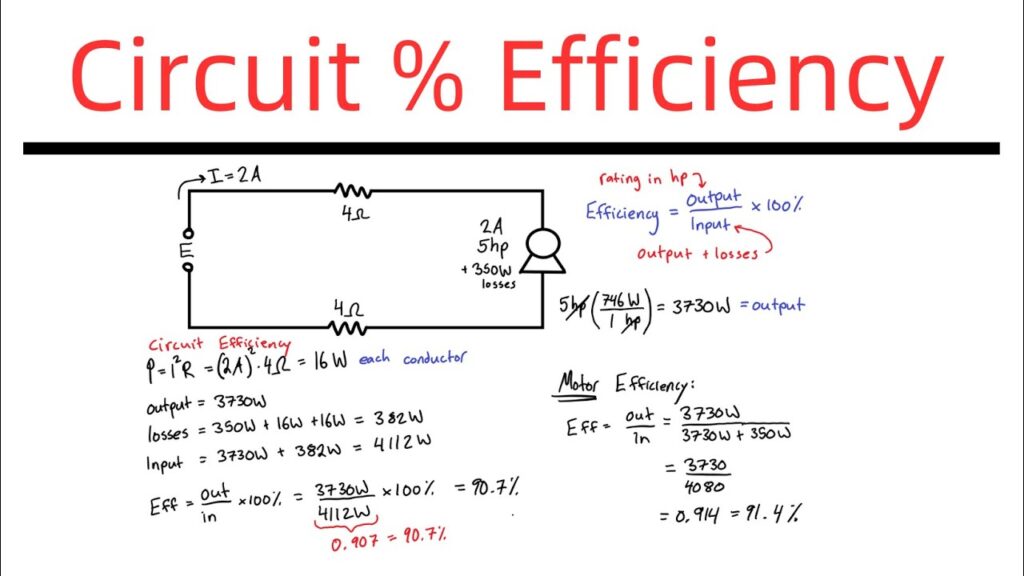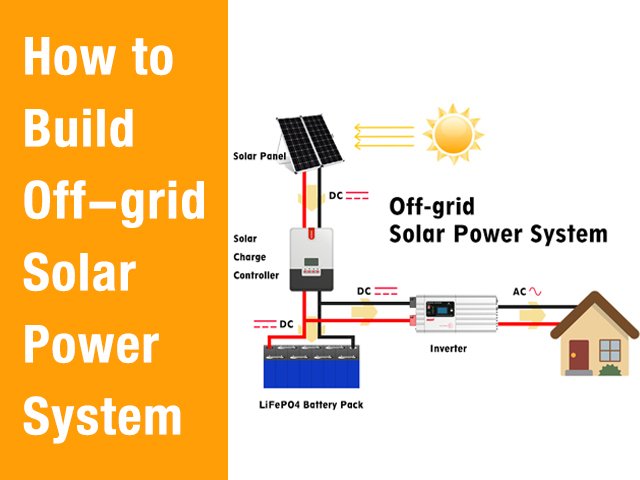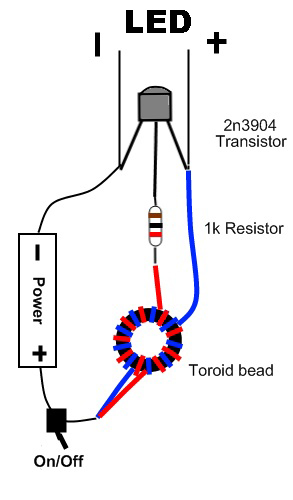How to Measure Energy Efficiency in Circuits
Energy efficiency is a key consideration in circuit design, as it directly impacts the performance and longevity of electronic devices. Measuring energy efficiency in circuits is crucial for optimizing power consumption, reducing energy waste, and extending battery life. In this article, we will explore different methods for measuring energy efficiency and strategies for improving it in various circuit designs.
Understanding Energy Efficiency
Energy efficiency in circuits refers to the ability of a circuit to deliver the desired output with minimal power consumption. It is typically measured by calculating the efficiency of converting electrical energy into the desired output, such as light, heat, or mechanical motion. Energy efficiency is crucial for reducing operating costs, preventing overheating, and minimizing environmental impact.
There are several key factors that influence energy efficiency in circuits, including:
- Component selection: Choosing energy-efficient components, such as transistors, diodes, and capacitors, can improve overall circuit efficiency.
- Circuit design: Optimal circuit layout and routing can minimize power losses and improve energy conversion.
- Operating conditions: Monitoring operating parameters, such as voltage, current, and temperature, can help identify inefficiencies and optimize performance.
Measuring Energy Efficiency
There are several methods for measuring energy efficiency in circuits, each with its own advantages and limitations. Some common techniques include:
- Power measurements: Using power meters or oscilloscopes to measure the input and output power of a circuit can provide valuable insights into energy consumption.
- Efficiency calculations: Calculating the efficiency of a circuit by comparing the output power to the input power can help quantify energy losses and identify areas for improvement.
- Energy monitoring: Installing energy monitoring devices, such as current sensors or energy meters, can provide real-time data on power consumption and efficiency.
It is essential to consider the accuracy, precision, and resolution of the measurement tools when evaluating energy efficiency in circuits. Calibration and validation of measurement instruments are also critical for obtaining reliable and consistent results.
Improving Energy Efficiency
Once energy efficiency in a circuit is measured, several strategies can be implemented to improve it and optimize performance:
- Component optimization: Upgrading to more efficient components or reducing the number of components can minimize power losses and improve energy conversion.
- Efficiency enhancements: Implementing power management techniques, such as voltage regulation or power factor correction, can optimize energy usage and reduce waste.
- Thermal management: Adequate heat dissipation through heatsinks or thermal insulators can prevent overheating and improve overall circuit efficiency.
By implementing these strategies and continuously monitoring energy efficiency, circuit designers can achieve optimal performance and reliability while minimizing energy consumption and environmental impact.
Conclusion
Measuring and improving energy efficiency in circuits is essential for maximizing performance, reducing energy waste, and enhancing the lifespan of electronic devices. By understanding the key factors that influence energy efficiency, employing accurate measurement techniques, and implementing effective optimization strategies, circuit designers can create energy-efficient circuits that meet the demands of modern electronic applications.
How to Measure Energy Efficiency in Circuits
Energy efficiency is a key consideration in circuit design, as it directly impacts the performance and longevity of electronic devices. Measuring energy efficiency in circuits is crucial for optimizing power consumption, reducing energy waste, and extending battery life. In this article, we will explore different methods for measuring energy efficiency and strategies for improving it in various circuit designs.
Understanding Energy Efficiency
Energy efficiency in circuits refers to the ability of a circuit to deliver the desired output with minimal power consumption. It is typically measured by calculating the efficiency of converting electrical energy into the desired output, such as light, heat, or mechanical motion. Energy efficiency is crucial for reducing operating costs, preventing overheating, and minimizing environmental impact.
There are several key factors that influence energy efficiency in circuits, including:
- Component selection: Choosing energy-efficient components, such as transistors, diodes, and capacitors, can improve overall circuit efficiency.
- Circuit design: Optimal circuit layout and routing can minimize power losses and improve energy conversion.
- Operating conditions: Monitoring operating parameters, such as voltage, current, and temperature, can help identify inefficiencies and optimize performance.
Measuring Energy Efficiency
There are several methods for measuring energy efficiency in circuits, each with its own advantages and limitations. Some common techniques include:
- Power measurements: Using power meters or oscilloscopes to measure the input and output power of a circuit can provide valuable insights into energy consumption.
- Efficiency calculations: Calculating the efficiency of a circuit by comparing the output power to the input power can help quantify energy losses and identify areas for improvement.
- Energy monitoring: Installing energy monitoring devices, such as current sensors or energy meters, can provide real-time data on power consumption and efficiency.
It is essential to consider the accuracy, precision, and resolution of the measurement tools when evaluating energy efficiency in circuits. Calibration and validation of measurement instruments are also critical for obtaining reliable and consistent results.
Improving Energy Efficiency
Once energy efficiency in a circuit is measured, several strategies can be implemented to improve it and optimize performance:
- Component optimization: Upgrading to more efficient components or reducing the number of components can minimize power losses and improve energy conversion.
- Efficiency enhancements: Implementing power management techniques, such as voltage regulation or power factor correction, can optimize energy usage and reduce waste.
- Thermal management: Adequate heat dissipation through heatsinks or thermal insulators can prevent overheating and improve overall circuit efficiency.
By implementing these strategies and continuously monitoring energy efficiency, circuit designers can achieve optimal performance and reliability while minimizing energy consumption and environmental impact.
Conclusion
Measuring and improving energy efficiency in circuits is essential for maximizing performance, reducing energy waste, and enhancing the lifespan of electronic devices. By understanding the key factors that influence energy efficiency, employing accurate measurement techniques, and implementing effective optimization strategies, circuit designers can create energy-efficient circuits that meet the demands of modern electronic applications.



